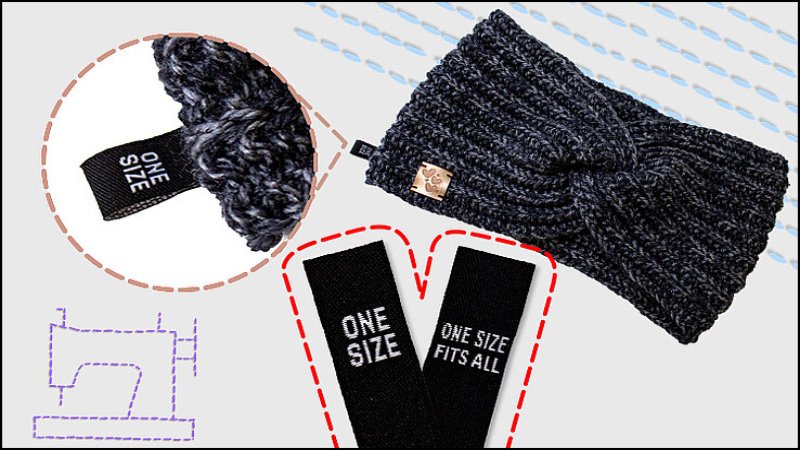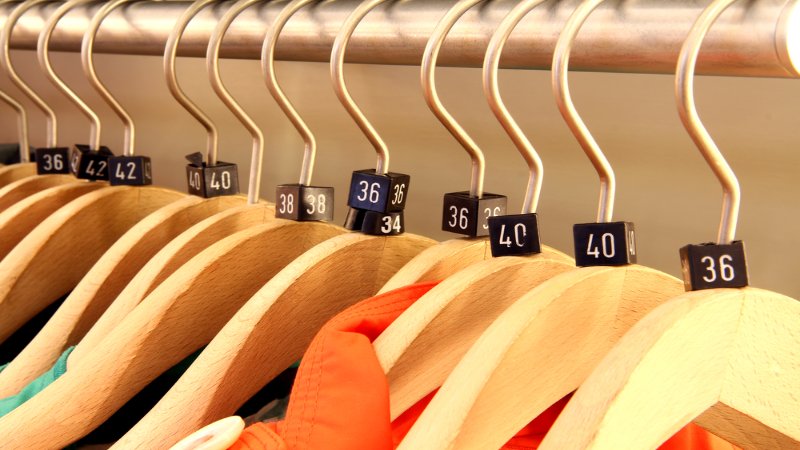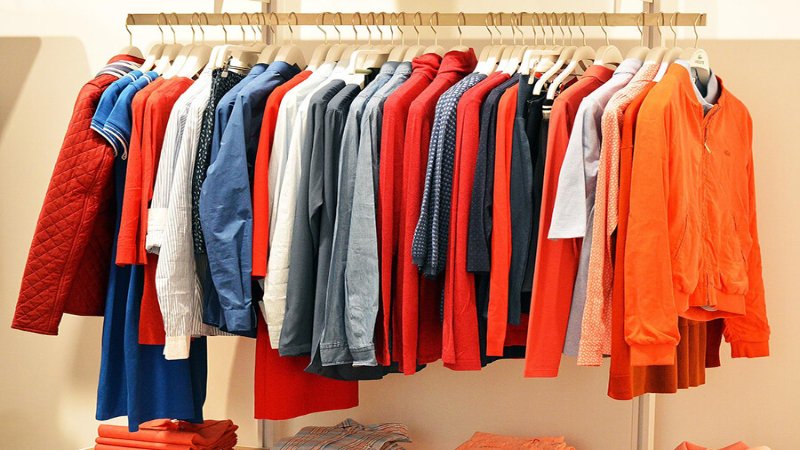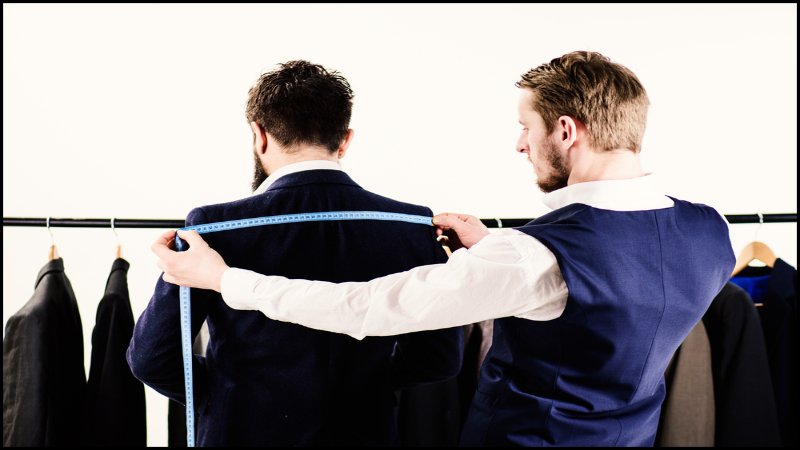OS Size Meaning in Clothing: Is “One Size” Really for Everyone?
Navigating clothing sizes can be tricky, especially for online businesses. “One Size” (OS) offers a seemingly simple solution, but does it truly fit all? This guide demystifies “OS” clothing, helping you decide if it’s right for your brand. Learn to manage “OS” inventory, and set clear customer expectations, ensuring successful and reducing returns. Let’s read it!
1. Decoding “OS Size” in Clothing: More Than Just “One Size Fits All”
This section provides a clear and concise definition of “OS size” in the context of clothing. We’ll address common misconceptions and explore the nuances of this seemingly simple designation. Understanding “OS” is crucial for making informed inventory decisions. What does OS size actually mean?
“OS” primarily stands for “One Size,” often marketed as “One Size Fits All.” However, a more accurate interpretation is “One Size Fits Most.” It’s important to immediately dispel the myth that “OS” truly accommodates every body type. It is size designation for the garment.
“OS” is a simplified approach to sizing, aiming to fit a broad range of individuals, but not all body shapes and sizes. It’s essentially a middle ground, often equivalent to a medium size. From an industry perspective, “OS” offers convenience, it’s not a universal solution.

2. The Reality of “One Size”: Understanding the “Fits Most” Concept
2.1 “One Size” as an Average, Not Universal, Fit
“One Size” clothing essentially represents an average size, not a universal fit. Imagine a manufacturer producing only size Medium garments instead of offering S, M, and L. This illustrates the core concept of “OS”. It’s designed to fit a range of standard clothing sizes but not everyone.
While an “OS” garment might technically fit on various body types, the overall look, comfort and how flattering it is are not guaranteed. A size chart and precise measurements are crucial for managing customer expectations. For businesses considering “OS” items, understand target demographic’s average.
2.2 Factors Influencing “One Size” Fit: Fabric, Design, and Garment Type
Fabric choice significantly impacts the fit range of “OS” garments. Stretch fabric, knitwear and materials with elastic offer greater adaptability. These materials can accommodate a wider range of body shapes and sizes compared to rigid fabrics.
Garment design also plays a crucial role. Loose-fitting styles, or those with adjustable features like drawstrings or elasticated waists, are better suited for “One Size.” This allows for greater flexibility and a more forgiving fit.
Common “One Size” items include: Accessories like bags, jewelry, scarves and belts (often adjustable). Caps and hats with adjustable straps. Garments from stretch fabrics: jumpers, cardigans, leggings and some tops. Summer items: jumpsuits, certain jeans or overalls, socks, hats. When sourcing or designing “OS” clothing, prioritize stretchy materials.

3. Decoding Size Ranges and Variations in “OS” Clothing
3.1 The Hidden Size Range on “OS” Labels
Despite the “One Size” label, some “OS” items do include a specified size range. This range might be subtly indicated on the clothing label, tags or within the product description. It’s crucial to look beyond the “OS” designation.
For example, socks, frequently sold as “OS,” often include a shoe size range (e.g., “OS fits shoe sizes 5-10”). This provides a much clearer indication of the intended fit than simply “One Size.”
Business owners should carefully examine product packaging and descriptions for any size range associated with “OS” items. This information is essential for accurate product listings and managing customer expectations. Don’t rely solely on the “OS” label, numerical sizes, letter sizes (S, M, L).

3.2 Brand-Specific “OS” Interpretations: No Universal Standard
A critical point: there is no universally agreed-upon standard for “OS” sizing. The interpretation of “OS” varies significantly between different brands and even between different manufacturers. What one brand considers “One Size” may differ greatly from another.
The concept of “average body size” also varies across countries and regions, further complicating “OS” sizing. International sizes add another layer of complexity. For businesses selling “OS” items, providing clear and accurate measurements is essential. This manages customer expectations, minimizes fit-related issues and reduces returns. Transparency is key to customer satisfaction. Don’t rely solely on the “OS” label; look for specific dimensions.
4. Why Choose “One Size”? Benefits and Business Considerations
4.1 Advantages for Retailers: Simplicity and Inventory Management
“OS” sizing offers significant advantages for retailers, especially startups and small businesses. Simplified inventory management is a major benefit. Dealing with only one size drastically reduces complexity in tracking, storage and restocking.
Reduced stock holding is another key advantage. Retailers don’t need to invest in multiple sizes for each item, potentially lowering upfront inventory costs. This can be particularly beneficial for businesses with limited capital. Less logistical complexity, cost-effective for the business.
Order fulfillment and shipping also become simpler. With only one size to manage, the entire logistics process is streamlined. “OS” can be an attractive option to minimize initial investment in a diverse range of sizes.
4.2 Meeting Customer Needs and Online Shopping Convenience
“OS” items can cater to specific customer needs, particularly in online shopping. Convenience for customers is a major draw. “OS” simplifies the purchasing process, eliminating the need to compare size charts and choose between multiple sizes.
Reduced size selection anxiety is another benefit. Choosing the “right” size can be stressful for some online shoppers. “OS” removes this barrier, making the shopping experience easier.
For certain items like accessories and loose-fitting garments, “OS” can broaden the appeal. It suggests inclusivity and ease of fit, potentially attracting a wider customer base. However, it’s crucial to ensure the “OS” truly accommodates a reasonable range of sizes within your target demographic.

5. The Drawbacks and Limitations of “OS” Sizing
5.1 Excluding Certain Body Types: The Inclusivity Challenge
A significant limitation of “OS” sizing is its lack of size inclusivity. By its nature, “OS” is not designed to accommodate the full spectrum of body sizes and shapes. It primarily caters to those within an “average” size range.
“OS” garments often exclude individuals who are petite (smaller than average) or plus-size (larger than average). Even when an “OS” garment technically fits, it may not be flattering or comfortable for all body types. Not universally flattering for customers.
The fit can be too tight, too loose, or disproportionate. Businesses should carefully consider their brand values and target market demographics. If a brand prioritizes size inclusivity, relying heavily on “OS” may be counterproductive.
5.2 Risk of Customer Dissatisfaction and Returns
“OS” sizing carries the risk of customer dissatisfaction and product returns. When customers have unrealistic expectations about “One Size Fits All” and receive a garment that doesn’t fit well, they are likely to be disappointed.
Fit issues are a major driver of online clothing returns. Inaccurate sizing or misleading “OS” labeling can lead to higher return rates, increased costs and negative impact on customer loyalty.
Businesses selling “OS” items must be proactive in managing customer expectations. Provide clear and accurate product descriptions. State the intended size range or measurements. Include detailed size charts or fit guides. Manage expectations by using “One Size Fits Most.”

5.3 A Look Back: The Historical “Outsize” Meaning of “OS”
While “OS” commonly means “One Size” today, it has a fascinating historical context. In older British vintage clothing labels, “OS” actually stood for “Outsize.” This adds a unique twist to the understanding of this abbreviation.
“Outsize” in this historical context, indicated a garment designed to be larger than the standard sizes of that era. This is almost the opposite of the modern “One Size Fits Most” concept. This historical tidbit highlights the evolving nature of clothing terminology.
This historical perspective provides a valuable contrast to the contemporary understanding of “OS.” It underscores how the meaning of size designations can change significantly over time. Understanding clothing history provides a richer context for modern sizing practices. Larger sizes have important meanings.
6. FAQs about “OS Size Meaning in Clothing”
6.1 Is “OS Size” generally smaller or larger than standard clothing sizes like S, M or L?
“OS” is not inherently smaller or larger. It’s designed as an “average” size, often falling between Medium and Large in women’s sizing. However, this varies significantly between brands. It’s not equivalent to a specific standard size.
6.2 Will “OS Size” clothing definitely fit me if I usually wear a specific size (e.g., size 8 or Medium)?
No, not definitely. Fit depends on individual body proportions, garment design and fabric. Check product descriptions for measurements. Stretchy fabrics offer a higher chance of a comfortable fit.
6.3 Where can I typically find size charts or detailed measurements for “OS Size” clothing?
Dedicated size charts for “OS” are less common. Look for size descriptions or garment measurements (bust, waist, length) on the product page. If information is lacking, contact the retailer directly before purchasing.
6.4 Is “OS Size” the same thing as “Free Size” that I sometimes see on clothing?
“OS Size” and “Free Size” are often used interchangeably. Both imply a single size intended to fit a range of body types. “Free Size” might be more common in certain regions.
6.5 As a clothing business owner, should I consider offering “OS Size” options in my product line?
The decision depends on your target market, clothing types and brand values. “OS” offers inventory simplicity and convenience. However, weigh these benefits against fit limitations and customer satisfaction, especially if aiming for a broad customer base. Carefully consider all factors.
7. Packlove – Supporting Your Clothing Business with Clear and Accurate Labeling
Whether using “OS” or standard sizes, accurate labeling is essential for customer satisfaction, brand professionalism, and reducing confusion. Packlove helps you achieve this with a range of services. Labeling solutions for the business.
We offer custom clothing labels, tags, and packaging solutions like zipper bags and poly mailers. We can assist in creating effective size labels, ensuring clarity and accuracy for both “OS” and standard-sized garments. Accurate information builds customer trust. Visit Packlove to explore our services and learn how we can support your clothing business.
Read more:
This guide has demystified “OS size” in clothing. “OS” is a convenient sizing approach but not a universal fit. Understanding its limitations is crucial. Always check product descriptions. Consider your target market when deciding to use “OS.”






















